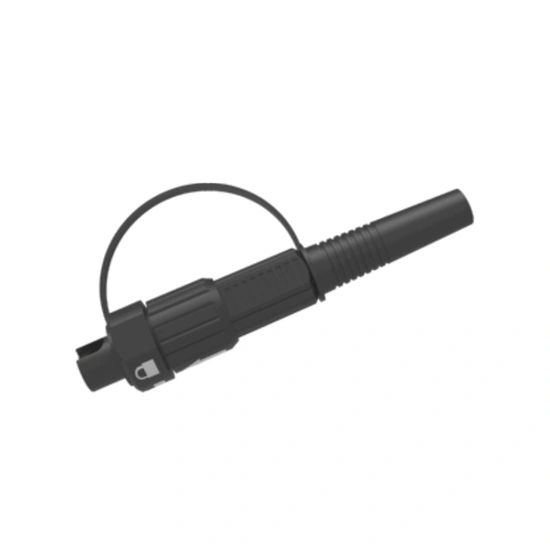
An In-depth Technical Examination of Waterproof and Dustproof Design of Optical Fiber Connectors
Introduction:
The waterproof and dustproof design of optical fiber connectors plays a vital role in ensuring the high performance and reliability of optical fiber communication systems. This article aims to provide a comprehensive analysis of the technical aspects related to waterproof and dustproof design of optical fiber connectors.
Importance of Waterproof and Dustproof Design
Nowadays, optical fiber cables are increasingly being deployed in harsh outdoor environments, where they are exposed to various environmental conditions such as rain, dust, and moisture. In order to maintain optimal performance, it is essential for optical fiber connectors to have effective waterproof and dustproof features.
Key Factors in Waterproof and Dustproof Design
1. Connector Housing: The design of the connector housing is crucial in preventing water and dust ingress. It should be made of materials with high resistance to moisture and dust penetration, such as ruggedized plastic or metal alloys. Additionally, the housing should have proper sealing techniques, such as O-rings or gaskets, to provide an effective barrier against external elements. 2. Connector Interface: The interface between the connector plugs and receptacles should be designed to minimize the chances of water or dust entry. This can be achieved through the use of tight-fitting ferrules and precision alignment sleeves, which create a seal that prevents foreign particles from entering the connection point. 3. Cable Management: Proper cable management is another critical aspect of waterproof and dustproof design. The cable should be securely attached to the connector housing, ensuring that water or dust cannot seep through gaps or openings. Cable glands or strain relief boots can be employed to provide additional protection and stability to the connection. 4. Environmental Testing: To ensure the effectiveness of the waterproof and dustproof design, rigorous environmental testing should be conducted. This includes subjecting the connectors to simulated environmental conditions, such as water immersion tests, dust exposure tests, and temperature cycling tests. Only connectors that meet the required standards after these tests should be considered suitable for deployment in harsh outdoor environments.
Conclusion
In conclusion, the waterproof and dustproof design of optical fiber connectors is of utmost importance in maintaining the reliability and longevity of optical fiber communication systems. Proper selection of connector housing materials, interface design, cable management, and thorough environmental testing are all critical aspects in achieving effective waterproof and dustproof performance. By adhering to these principles, optical fiber connectors can withstand harsh environmental conditions and ensure uninterrupted communication.



